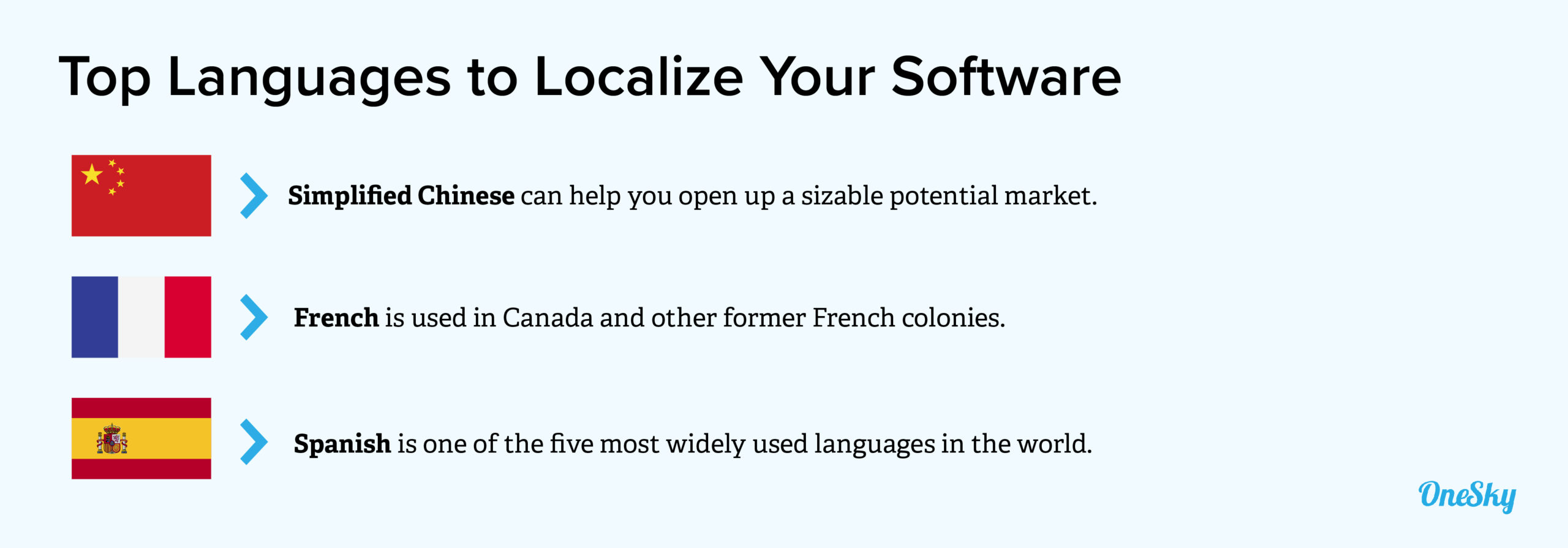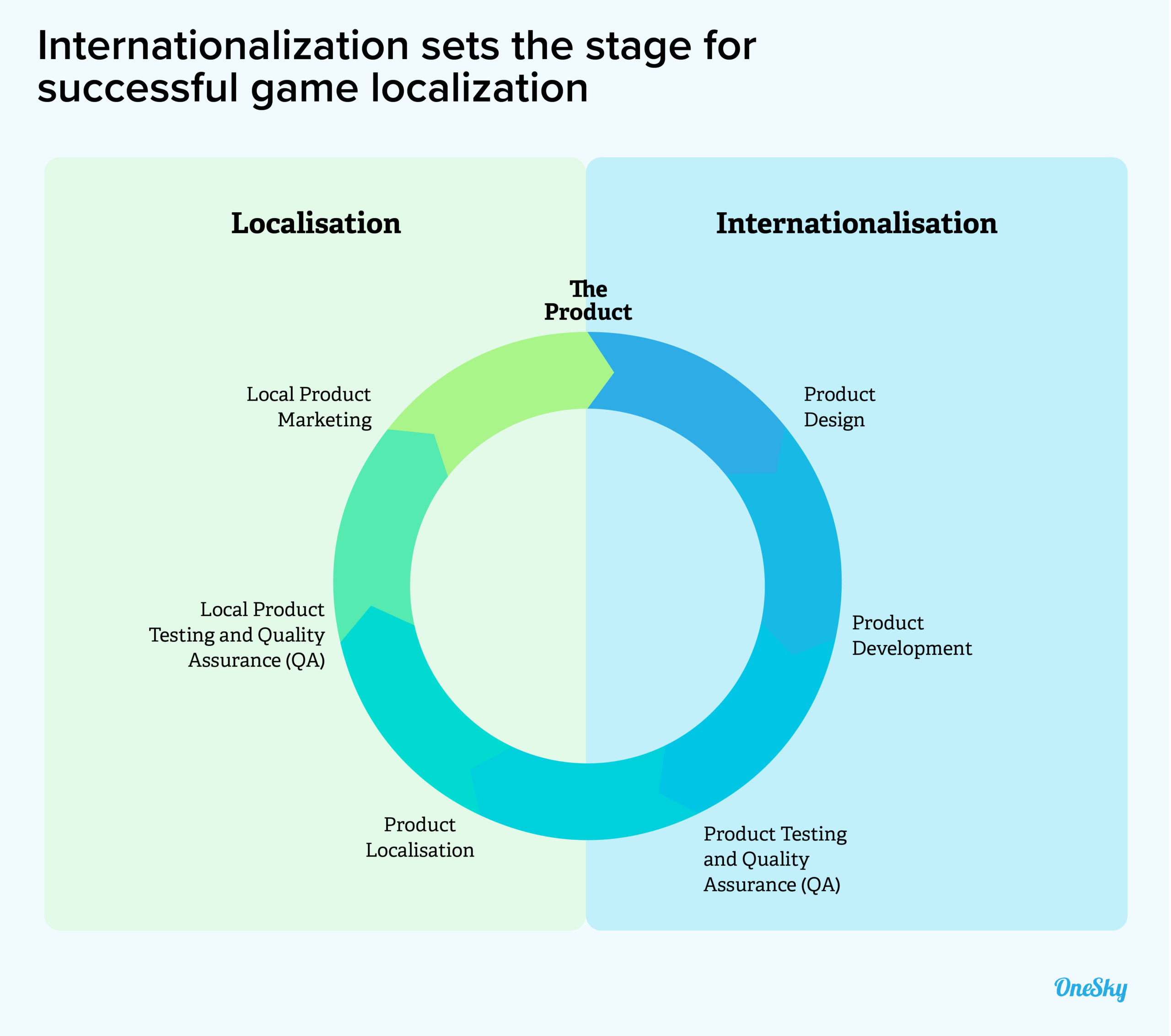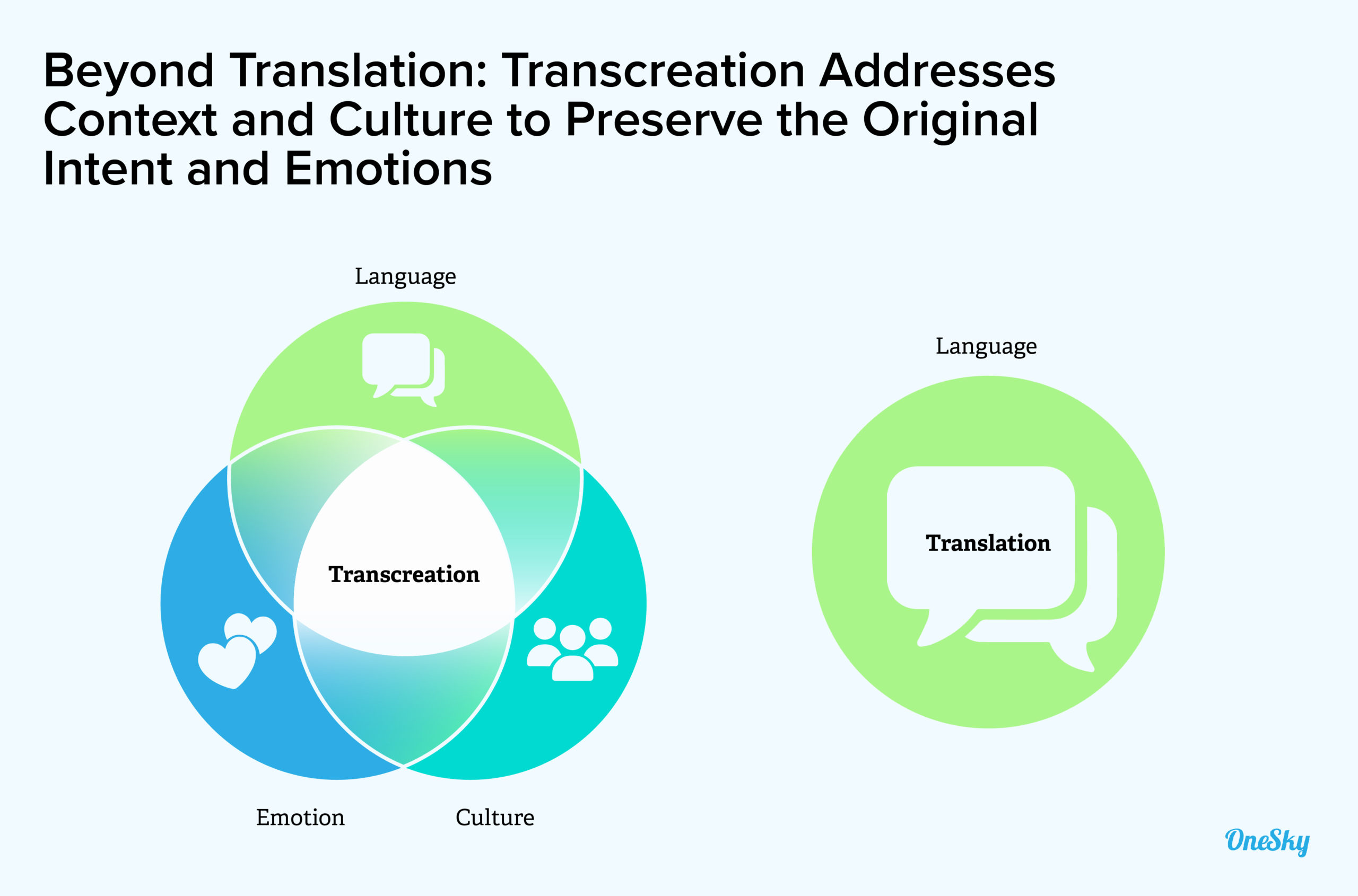11 Questions to See if Your Software is Ready for Localization
So you have decided to localize your software—good for you! (Obviously, we’re big fans of localization. Here’s why.)
But localization is tricky. There’s a lot to do to lay the groundwork for success. Missing just one small piece could lead to costly errors and delays.
Here are 11 questions you should ask to make sure your software is ready for localization.
1. Which Market Should You Localize For?
Before you start localizing a product, you need to identify your market. Localization is a complex and involved process, so choose locales with audiences who are willing and able to pay for your product.
Do your research and create a positioning strategy. Analyze the target markets and competitive landscape to see how you can position your software strategically. Also, identify demands and gaps to see how best to differentiate your product.
Often, you can group the most widely used languages, such as EFIGS (English, French, Italian, German, Spanish) and CJK (Chinese, Japanese, Korean), to streamline your effort while addressing major markets.

2. Have You Internationalized Your Software?
Before you can localize, you must internationalize. Internationalization (i18n) separates the source code from localizable elements, so you can adapt the software to a new market cost-efficiently.
I18n should be an integral part of your product development process. Some key activities include enabling Unicode, adding markup to support bidirectional text, using CSS for vertical text, and turning all the text into strings so you can send them to translators.

3. Who’s the Target Audience?
The style and tone of your translated content must match audience expectations. What works in your home market may not be right for an audience in a foreign country, so you must gain an in-depth understanding of the local user base.
Hire local linguists and marketing consultants to help you find the right tone and voice that resonate with the target audience while preserving your brand image to build a consistent global presence.
Create a translation style guide and upload it to a centralized location, such as a localization management platform, to ensure that any translator working on your content can adhere to the same tone and voice.
4. What’s Your Users’ Preferred Learning Style?
A successful onboarding process can help drive adoption and customer retention. The content in your manual, walkthrough, or instructional text can have a substantial impact on how well users can get value out of your product.
People with different cultural backgrounds learn differently. Some prefer information-rich text, while others learn better through visual content. If the original instruction has many technical terms, consider turning them into graphics and diagrams to communicate complex concepts with fewer words.
You can also create video walkthroughs to show how the software works with minimum words (including voice-overs and subtitles.) This can help you appeal to a larger audience while saving on translation costs.
5. Will the Content Translate Well?
Slang and cultural references often don’t make sense when translated word-for-word into another language. Some may even be culturally inappropriate.
Identify phrases that may not translate well in the target language and work with professional linguists to transcreate content that retains the original intent. You can also have a local team review the text to find opportunities to build rapport with your audience by using local expressions.

6. What File Types Will Your Translators Need?
You can send the content to your translation team or translation service in different formats. These can include text-based files (e.g., XML, RC, HTML, PO, PROPERTIES) or binary (e.g., XLSX, DLL, EXE.)
Find out if your translation service has specific requirements before compiling your files. Also, make sure translators can easily identify file types and isolate texts that require translation.
To streamline the localization management process, use a localization management platform that can support multiple file types. For example, OneSky helps you manage almost 40 file formats all in one place so you can keep track of everything.
7. Are There Cultural Variants and Dialects?
If you’re launching in a country with different ethnic groups, you may target an audience that speaks a specific dialect or translate the content into a standard version of the language (e.g., Modern Standard Arabic.)
Meanwhile, users in different countries may speak the same language but with their own colloquial variants. You can streamline the process by localizing for one locale first and then address the colloquial variations for other markets based on the translation.
8. Are the UI and Graphic Elements Culturally Appropriate?
Images, color palettes, and graphic elements (e.g., symbols and icons) can carry cultural connotations that create negative impressions. If the user interface (UI) makes your customers feel uncomfortable, your adoption rate may suffer.
Moreover, a user flow that makes sense to audiences in your home market may not be intuitive to those in other locales, especially if the translated copy has a different text direction (e.g., Arabic, which reads from right to left.)
Consult a local team and test your software (or a prototype of some key screens) with local users. Understand how the audience reacts to the UI design and identify opportunities where you can improve the user experience.
9. Do You Have the Right People in Your Localization Team?
Your team should include a project manager, translators, linguists, editors, proofreaders, user experience designers, graphic designers, software developers, localization engineers, and QA specialists to cover every aspect of the localization process.
Translation will take up a bulk of a localization project, so make sure you have the right resources lined up. You may hire in-house translators, use a language service provider (LSP), and/or use a translation management system (TMS) to implement localization. Weigh your options to balance time, quality, and costs.

10. Do You Have a Testing and QA Plan?
We’re not getting ahead of ourselves here! Ongoing testing is a critical component in any agile development process. Testing early and often helps you catch issues before they turn into costly problems further down the road.
Your QA process should include functional testing, linguistic testing, and visual testing to cover all the bases. Also, hire translators, editors, and testers who understand the context (e.g., how the software works, the problems it solves) and the local audience to ensure the highest translation quality.
11. How Will You Manage Your Localization Project?
Managing a localization project that involves different teams, which are often distributed across various locations, is complicated. Spreadsheets and emails can lead to miscommunication, version-control issues, and costly mistakes.
Use a robust localization management platform to manage all your localization tasks in a centralized location. It allows all your team members to access the latest documentation (e.g., translation style guide) from anywhere and at any time.
You can also automate workflows to ensure that nothing falls through the cracks. Meanwhile, a translation memory feature can help you improve translation quality and accuracy over time.
Getting Your Localization Ducks in a Row
If all these questions are making your head spin, we don’t blame you!
As we said, localization is tricky. But considering these questions thoroughly can help you avoid pitfalls and costly issues along the way.
Besides using a localization management platform to gain the visibility you need to orchestrate the many moving parts, you should also have a complete plan of attack before starting your localization effort.
The good news is that there’s a method to the madness…
Download our “Complete Guide to Localization Management” e-book to see how you can manage your localization team cost-efficiently.



 Written by -
Written by - 




 Written by
Written by 


